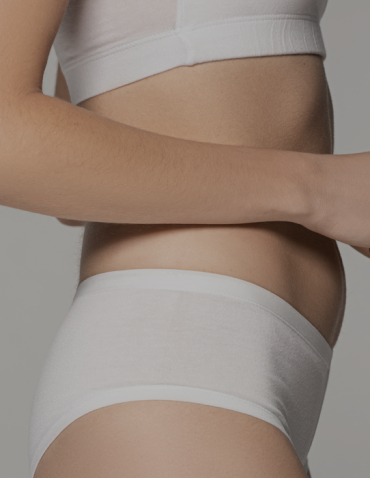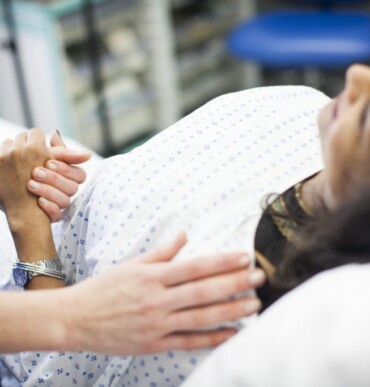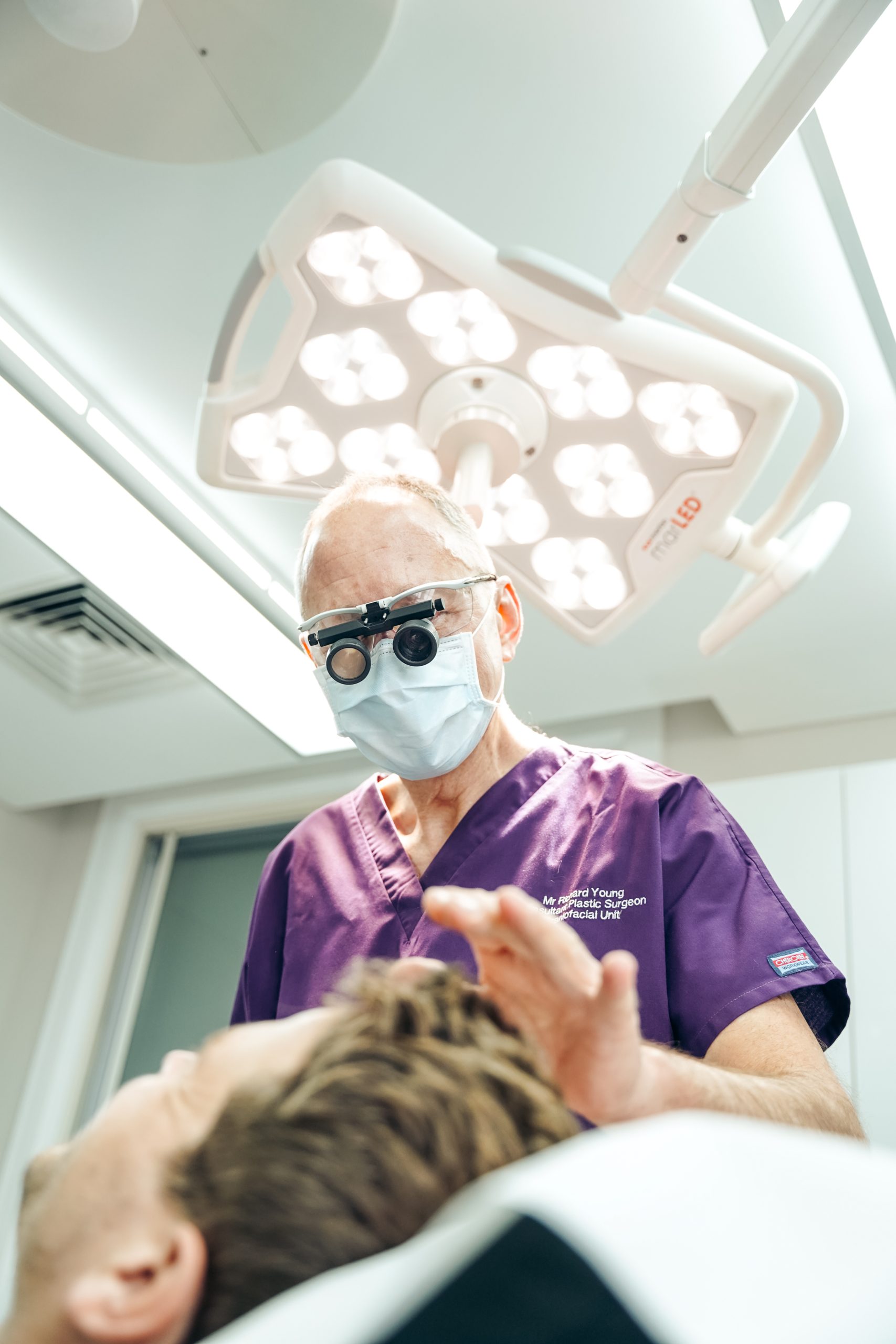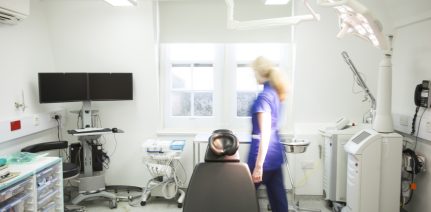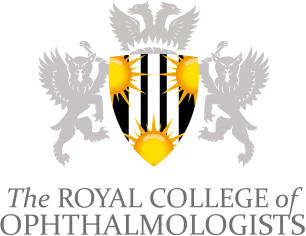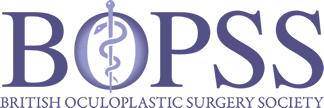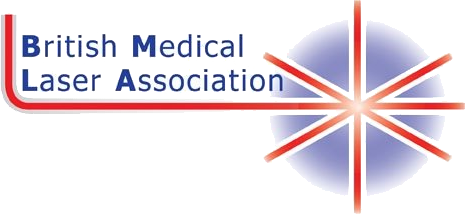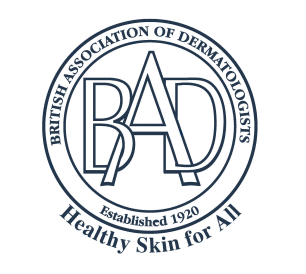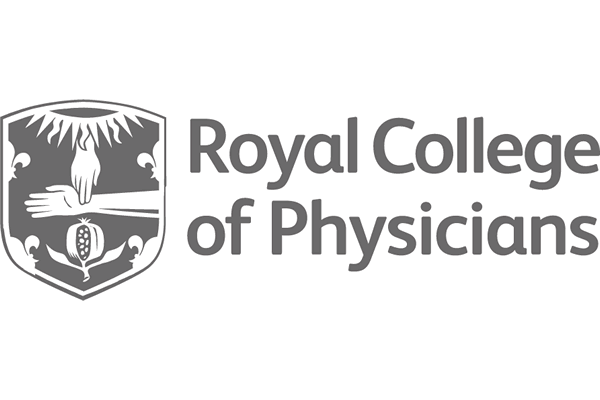FAQ
What are the potential risks of fat transfer?
This is mostly a safe procedure, but risks may include oozing of body fluid, uneven distribution of the fat, necrosis of the fatty tissue, additional scarring at either the donor or recipient sites and possible changes in sensation at either site.
How much does the treatment cost?
The cost of fat transfer for scars depends on factors like the size and severity of the scar(s) needing treatment, and the number of sessions required.
Can lasers be combined with fat transfer?
Yes, and combining fat transfer and laser scar treatments can be effective. Laser treatment for scars may be administered either before or post-procedure to help improve scar appearance more quickly and promote skin healing processes.
What is my preferred donor site for fat transfer?
The abdomen, thighs, or buttocks are the most commonly chosen sites, due to their prevalence of fat cells. The ideal site for each patient will vary, which you can discuss and decide on with your specialist during the consultation.
Is the fat transfer for scars treatment permanent?
The longevity of the treatment’s effects will depend on various factors, like diet and lifestyle. For example, the effects may diminish if a patient loses weight. However, in many cases, the fat should remain in place indefinitely and provide visible benefits.
Is fat transfer more effective than dermal fillers as a treatment for scarring?
In certain instances, yes, it can provide longer-lasting benefits with fewer risks. However, certain patients may be more suited to dermal filler treatment. Again, this is something that your specialist can discuss with you during the consultation, using their expertise to decide on the most appropriate treatment.
How many sessions will I require?
That depends on a range of factors, like the number, size, and depth of your scars and the ideal outcome you are targeting. Patients with deeper, larger, and more scars need more fat transfer treatment sessions.



